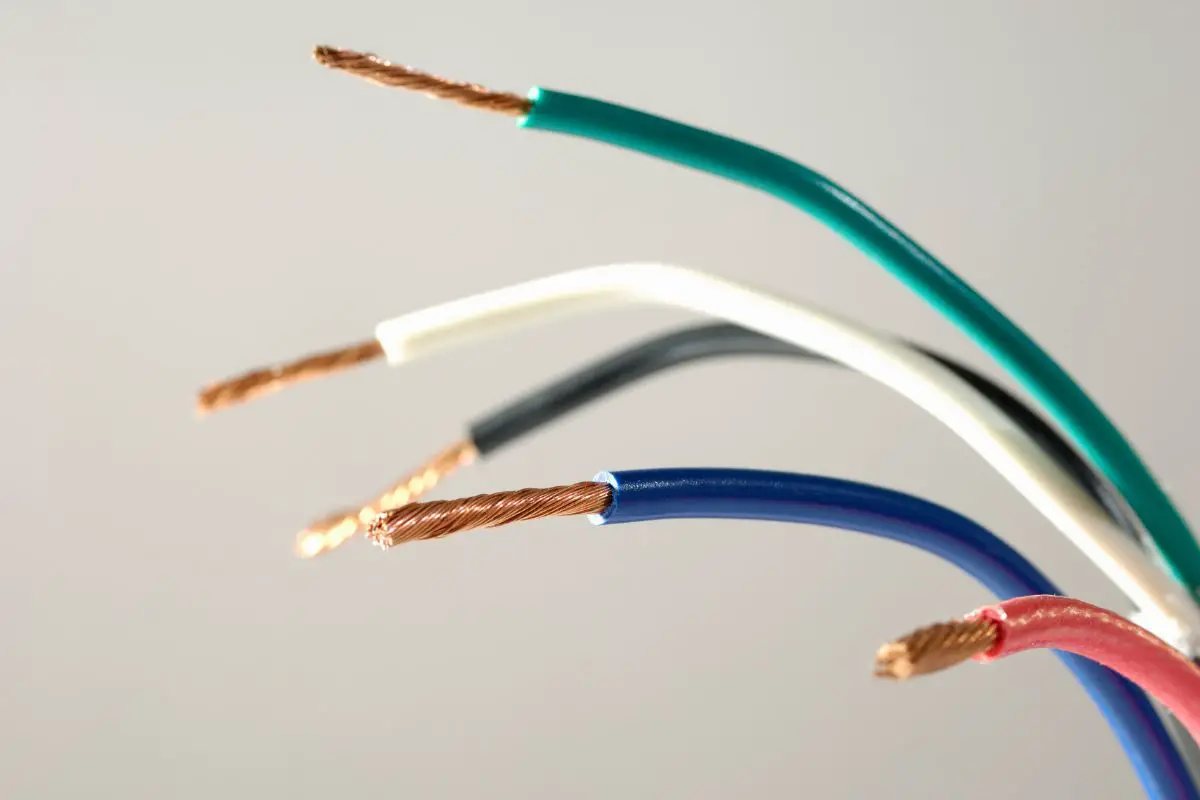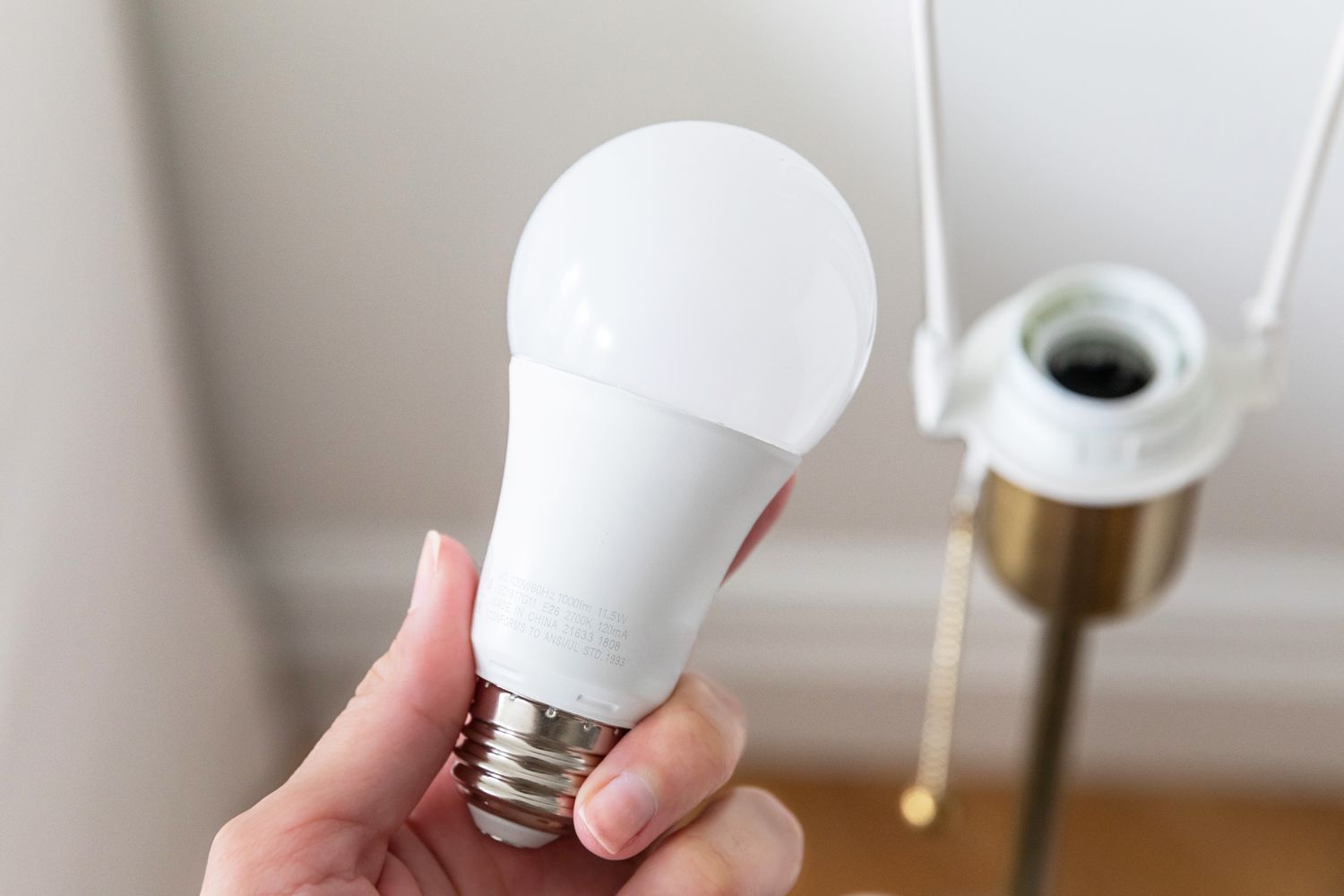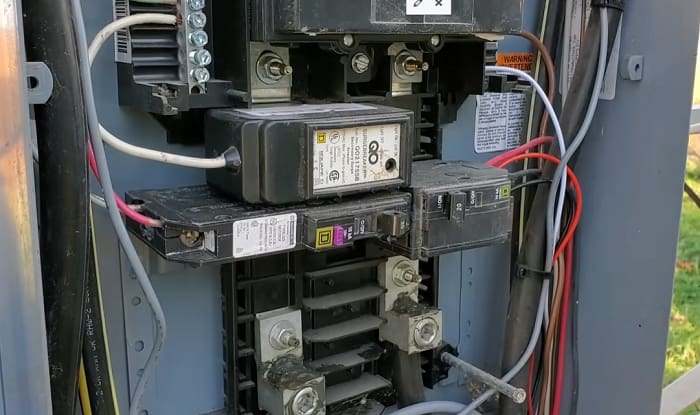The intriguing world of electrical systems is often overlooked, despite its undeniable significance in our daily lives. One question that frequently arises among DIY enthusiasts and professionals alike is: How many amps can an 18 gauge wire handle? In this comprehensive guide, we will unravel this query, providing a clear, concise, and insightful look into the capacities and limitations of the 18-gauge wire.
The Basics of Electrical Wiring
What is Gauge?
Wire gauge refers to the diameter of the wire. As the gauge number increases, the diameter and often the resistance of the wire decrease. It’s essential to pick the right gauge for any electrical work, as it directly affects the wire’s capacity to carry current without overheating.
The Importance of Understanding Ampacity
Ampacity, a blend of “ampere” and “capacity,” denotes the maximum amount of current a wire can handle without posing any danger. Knowing a wire’s ampacity helps ensure safety and optimal functionality in electrical systems.
Understanding 18 Gauge Wire
Physical Attributes
18 gauge wire typically measures about 1.02 millimeters in diameter. It’s thicker than 20 gauge but thinner than 16 gauge, striking a balance that makes it suitable for various applications.
Common Uses
Due to its versatility, 18 gauge wire is often found in household electronics, some lighting systems, and even in speakers.
Factors Affecting Ampacity
Temperature
Wire ampacity can vary depending on the temperature. As a wire heats up, its resistance increases, which can reduce its overall capacity.
Length of Wire
Longer lengths can result in voltage drops due to increased resistance. It’s always wise to account for wire length when calculating ampacity.
Surrounding Environment
The presence of other conductive or heat-producing items can influence a wire’s ampacity. This is why it’s crucial to consider a wire’s environment when installing.
Practical Applications of 18 Gauge Wire
Home Use
In homes, 18 gauge wire is often used in doorbell systems, thermostats, and landscape lighting, thanks to its balanced combination of flexibility and strength.
Industrial Use
While not as prevalent in heavy-duty industrial applications, 18 gauge wire can sometimes be found in certain control circuits or communication setups.
Safety Concerns with Overloading
Risks Associated
Overloading a wire can result in heat buildup, potentially leading to insulation melting, fires, and electrical shorts.
How to Avoid Overloading
Regularly check your circuits, avoid connecting high ampere devices to lower gauge wires, and always consult with a professional when in doubt.
How Many Amps Can 18 Gauge Wire Handle?
Analyzing the Ampacity
Typically, an 18-gauge wire can handle up to 16 amps at 60°C. However, this value can change based on various factors discussed earlier, such as the wire’s surroundings and length.
Best Practices for Using 18 Gauge Wire
Choosing the Right Wire for the Job
Ensure the wire’s ampacity matches or exceeds the device’s requirements. It’s always better to be safe than sorry!
Proper Maintenance
Regularly inspect wires for wear and tear. Damaged insulation or exposed wires are warning signs and should be addressed immediately.
Related Wire Gauges and Their Capacities
Comparing 16 and 20 Gauge Wires
While 16 gauge wires are thicker and can handle more current, 20 gauge wires are thinner, best suited for low current devices.
Common Misconceptions
Some people mistakenly believe that any wire can handle any load. This misconception can lead to dangerous scenarios, emphasizing the importance of understanding wire capacities.
Conclusion
Understanding “How Many Amps Can 18 Gauge Wire Handle?” goes beyond mere curiosity. It’s about ensuring safety, efficiency, and longevity in electrical setups. By respecting wire capacities, regularly inspecting setups, and consulting professionals when needed, one can maintain both functional and safe electrical systems.
FAQs
How often should I check my electrical wiring?
It’s wise to inspect your electrical wiring annually or whenever you suspect an issue.
What are the signs of an overloaded wire?
Common signs include a warm or hot wire, dimming lights, frequently tripped circuit breakers, or even a burning smell.
Is 18 gauge wire suitable for outdoor use?
Yes, but ensure it’s rated for outdoor use, which often means it has weather-resistant insulation.
Can I use a thicker wire than necessary?
Absolutely! Using a thicker wire than required can provide an added layer of safety as it can handle more current.
How do I find the ampacity of a wire?
Ampacity charts are available online, or you can consult with a professional electrician.
What happens if I consistently overload a wire?
Consistent overloading can deteriorate the wire insulation and pose fire risks. It can also lead to device malfunction or damage.




